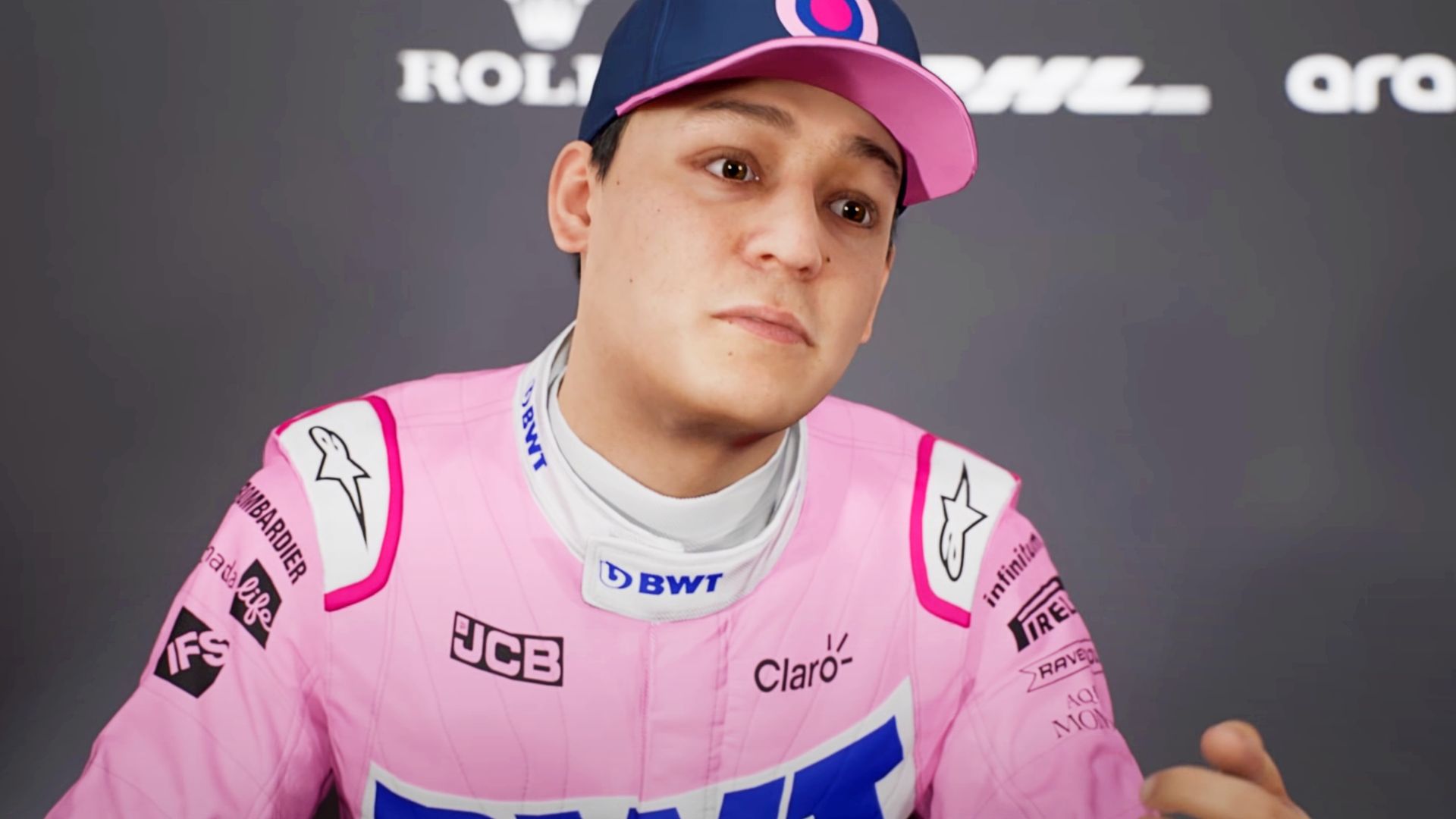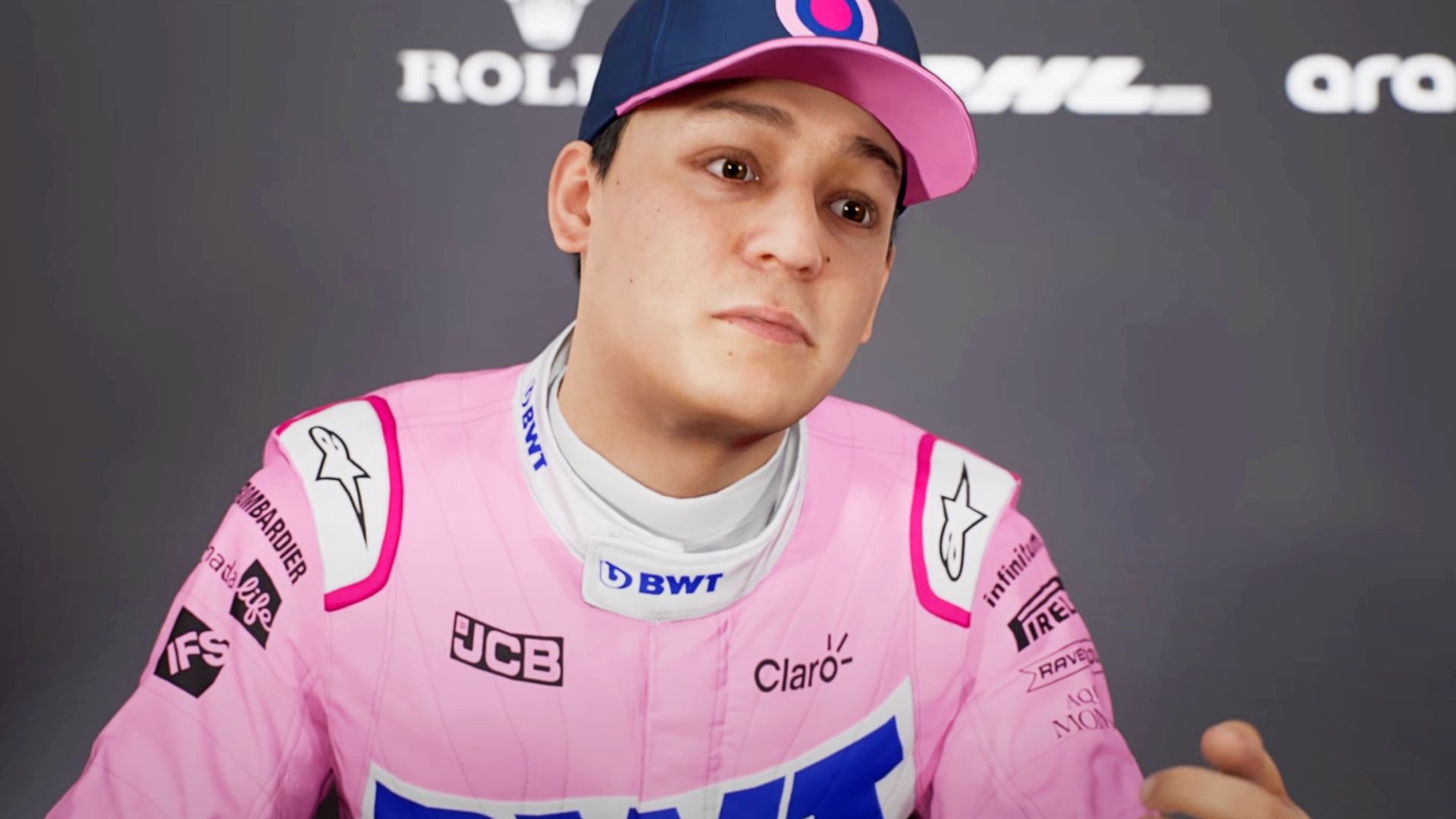

Let’s talk about that area of travel between your wheel’s full lock and its centre point. Or indeed, the space on your controller between your left thumbstick’s full lock and its centre point. It’s centring the steering after taking a corner, not the turn-in itself, where you really feel a physics model, and it's here where F1 2021 – which you can buy here, coincidentally – really announces itself.
There are numerous new bells and whistles this year which I’ll get to, I promise. But we don’t play these games for the cutscenes, we play them for the driving. And the driving’s changed in two key areas.
Firstly, the physics model now measures floor downforce. It’s working out how much grip you have not just by how much air is passing over the car and at what speed, but how much is passing under it too. I first realised this by spinning out of the first 50 or 60 apexes I took in F1 2021, and while mentally penning my seething 2/10 review I did some digging. When you take a bit too much kerb and upset the undertray, you lose grip to the rear because there’s air passing under it unevenly – one wheel’s been pushed up into the air, the other still on the track, and when you light up the rear tires you’re taking a trip into the barriers.
RELATED LINKS: Best racing games, Best truck games, Simulation gamesOriginal Article

